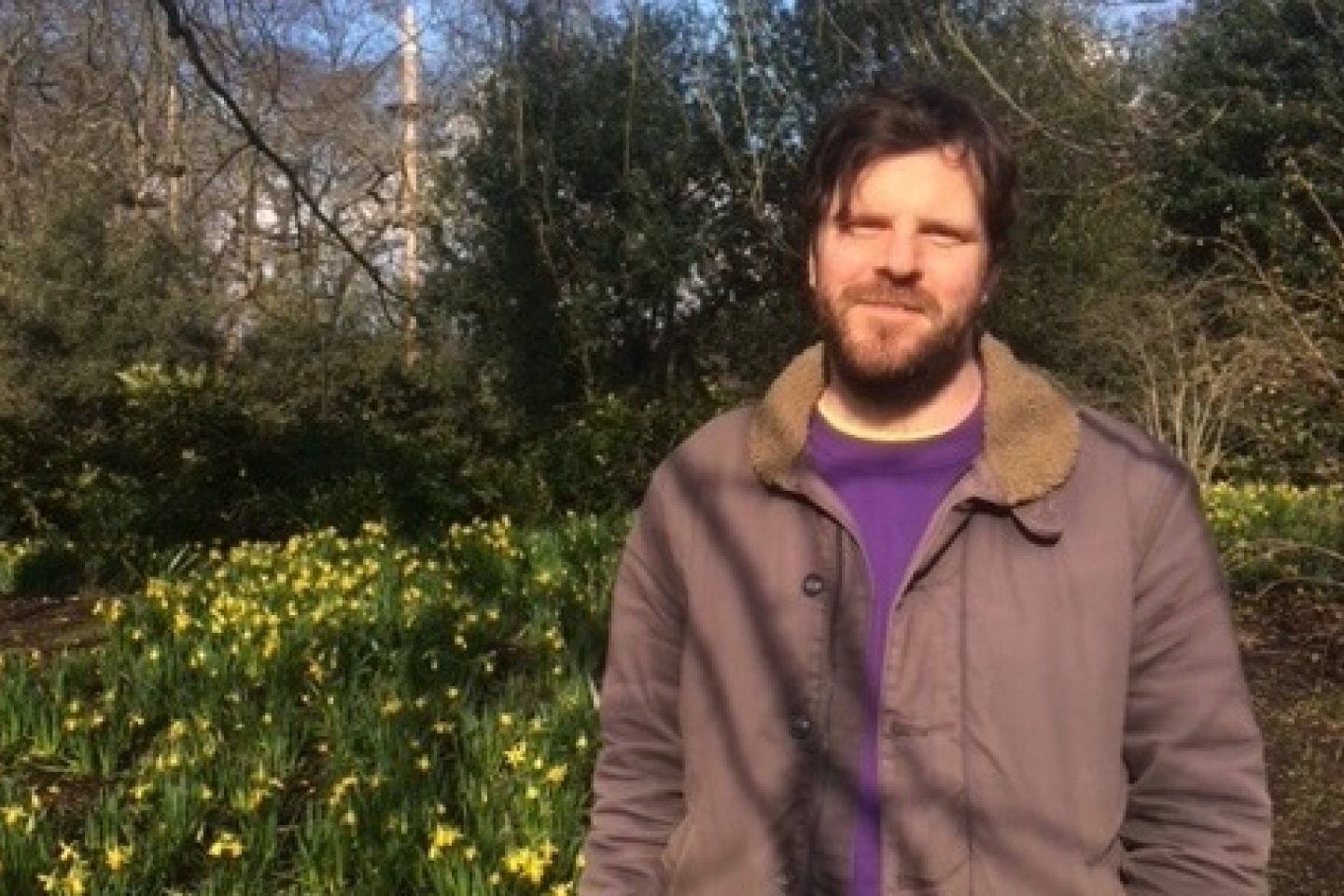3. Missteps can still bring rewards
Sometimes, it can work for the best when you don’t get around to a task.
If you find you fall behind on cutting back some of your finished summer flowers, don’t worry. They will offer some lovely structure to your garden over the winter and wildlife will enjoy the seeds and dead plant material. An unmown lawn is a great habitat for many insects. Ivy left unpruned provides valuable nectar for bees as winter approaches.
Nature is capable of survival without our interference. Outdoor spaces are not demanding of our attention all the time.
4. Every place has its thing
If you have an area of the garden that isn’t thriving, you might be thinking of giving up on it altogether. Before you do that, think about what plants may be best suited to that space.
An area of poor-quality soil will be perfect for wildflowers to grow. A spot that lacks sunlight will provide a perfect spot for ferns or hellebores. For specific advice, try reading seed packets, the internet or ask a friendly member of staff at a garden centre.









